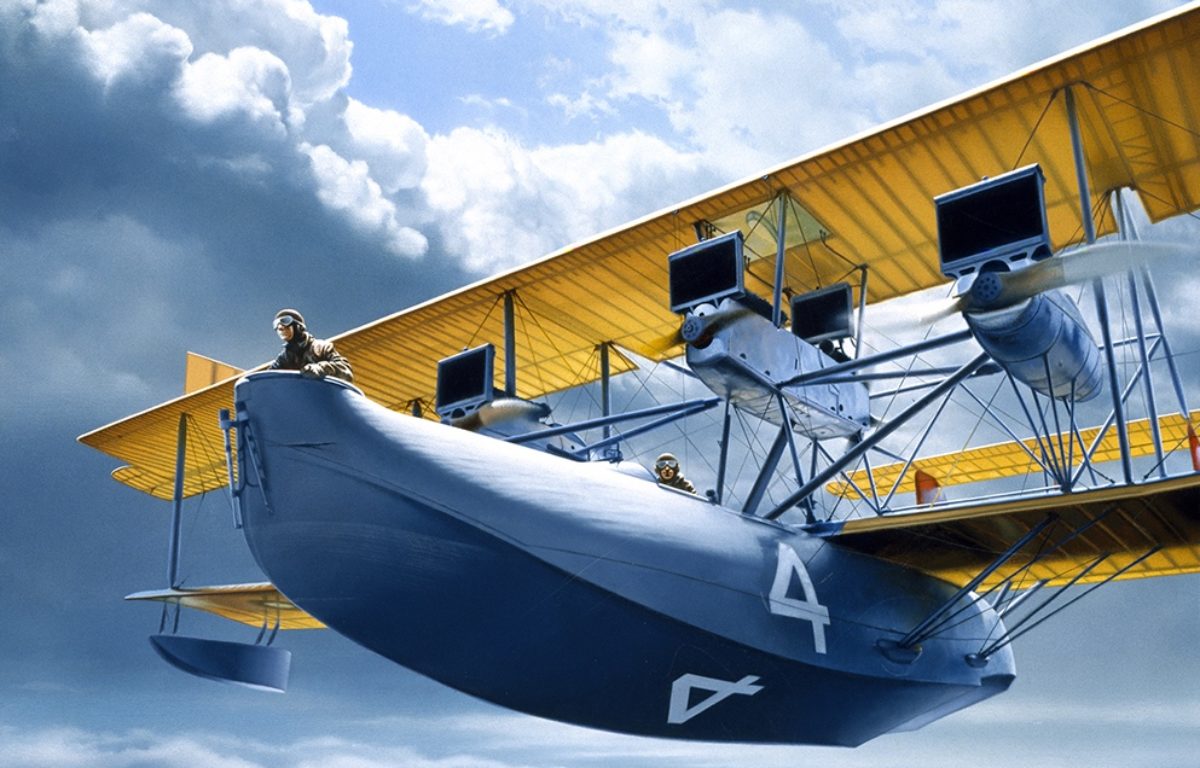Seaplane Crossings is honored and excited to announce that famed astronaut and aviator Captain Robert “Hoot” Gibson has been appointed to the organization’s Advisory Board, which serves as an important resource to the Seaplane Crossings Board of Directors.
Hoot served as a Navy fighter pilot, test pilot and NASA astronaut before joining Southwest Airlines as a pilot in 1996.
“Seaplane Crossings is thrilled to have Captain Hoot Gibson onboard our team,” Chairman Stewart Lawrence said. “Hoot fully appreciates the role seaplanes played in the development of aviation and, by extension, the space program.”
Next year, the United States will celebrate the 50th Anniversary of the first Moon landing. Coincidentally, and ironically, it will also be the 100th Anniversary of the 1st Transatlantic Flight, achieved by the NC-4, a U.S. Navy seaplane.
“Think about the magnitude of the advancements during that timeframe,” Stewart said. “The first-ever transatlantic flight occurred in 1919, just over 15 years after the Wright brothers’ first flight in December 1903. Only 50 years later, the United States landed men on the Moon, and brought them home safely. 50 years later, we will celebrate both milestones. Hoot was instrumental in the advancement of both aviation and space travel, and he can help Seaplane Crossings achieve our goal of reenacting the 1st Transatlantic Flight next year, contributing his extraordinary knowledge and enthusiasm.”
Before gaining world notoriety as an astronaut, Hoot entered the United States Navy and served as a fighter pilot in F-4 “Phantom” and F-14 “Tomcat” aircraft, flying combat missions in Southeast Asia and making more than 300 carrier landings aboard the USS CORAL SEA and USS ENTERPRISE. After attending Topgun, the Navy Fighter Weapons School, Hoot graduated first in his class in the Navy Test Pilot School, and wrapped up his Navy career as a Flight Test Pilot in 1978 when he was selected as an astronaut in the first Space Shuttle Astronaut selection.
As an astronaut for 18 years, during which he also held the positions of Deputy Chief of NASA Aircraft Operations, Chief of the Astronaut Office, and as the Deputy Director of Flight Crew Operations, Hoot flew five missions aboard the Space Shuttles CHALLENGER, COLUMBIA, ATLANTIS and ENDEAVOUR, once as Co-Pilot and four times as the Mission Commander. In 1995, Hoot’s last Space Shuttle mission was the first to ever rendezvous and dock with the Russian Space Station MIR, setting three Space World Records in the process.
Back on Earth after his NASA career, Hoot flew 10 years as a pilot for Southwest Airlines, and has continued to fly privately, including as an air race pilot in the Reno National Championship Air Races, racing in the Unlimited Class and the Jet Class, and capturing the Unlimited National Air Race Championship in 2015. In a flying career covering more than 50 years, he has accumulated in excess of 14,000 hours of flight time in more than 150 types of military and civilian aircraft, and has established six Aviation World Records to go with his Space World Records.
Hoot earned an Associate Degree from Suffolk County Community College and a Bachelor’s Degree in Aeronautical Engineering from California Polytechnic State University in San Luis Obispo, California, prior to joining the Navy. He has been awarded numerous decorations, including the Distinguished Flying Cross, the Legion of Merit, the Air Medal, and the Vietnam Service Medal. He was inducted into the Astronaut Hall of Fame in 2003, the Long Island Air and Space Hall of Fame in 2011, the Spacecamp Hall of Fame in 2012, and was enshrined in the National Aviation Hall of Fame in 2013.




You must be logged in to post a comment.